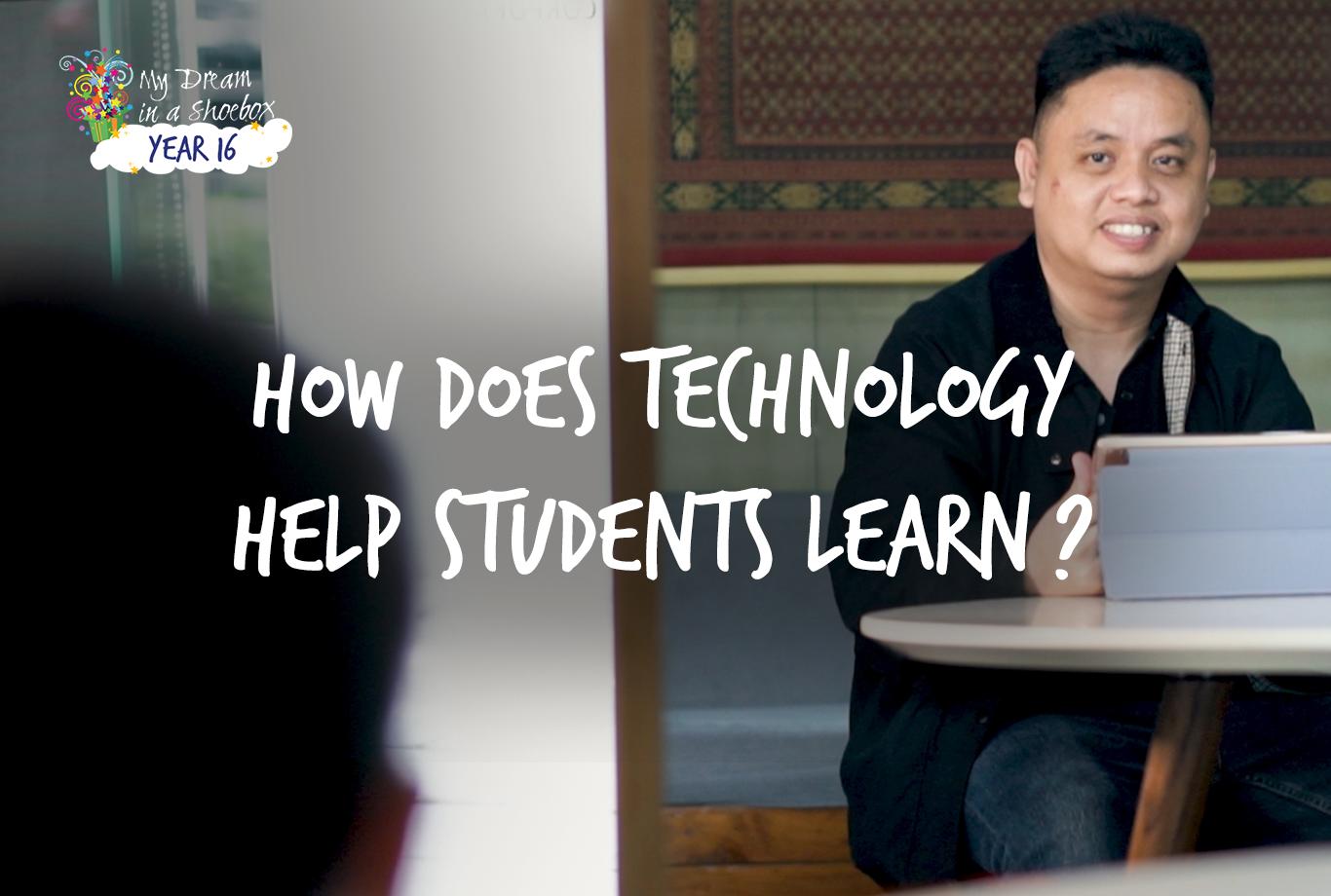How Does Technology Help Students Learn?

Technology is now part of our everyday lives. Before, schools discouraged its use, and even at home, it was often seen as a distraction rather than a tool for learning. But times have changed. Today, technology provides unparalleled advantages to learners, enabling them to maximize their time, energy, and effort in learning.
In the Philippines, where education can be a challenge due to limited resources and access, technology has the potential to be a game-changer. It opens up a world of information, tools, and methods that can enhance learning experiences for students. But while it offers immense benefits, it’s important to recognize that not all young learners have equal access to these tools. Bridging this gap is essential to creating a level playing field for every student.
The Importance of Technology for Young Learners
Access to technology can significantly influence a student’s educational journey. Digital tools enable students to explore new subjects, access resources that might not be available locally, and learn at their own pace. They can watch educational videos, participate in virtual classrooms, and use interactive applications that make learning engaging and effective. Moreover, technology fosters skills like problem-solving, critical thinking, and digital literacy—abilities that are crucial in today’s world.
In the Philippines, digital adoption is on the rise. According to Digital 2024 Philippines, there are over 85.16 million internet users in the country, with an internet penetration rate of around 76.6%. This means that more than three-quarters of the population has access to the internet. However, despite these numbers, there are still many areas, particularly in rural regions, where connectivity and technological resources are limited. This digital divide poses a significant challenge, as it limits the opportunities for many young learners to fully benefit from the digital age.
Different Kinds of Technology Students Can Utilize for Learning
Technology isn’t just about computers or the internet—it’s a broad spectrum that includes various tools and resources. Here are some of the different kinds of technology that students can use to enhance their learning experiences:
- Digital Classrooms and Online Learning Platforms
Digital classrooms and online platforms like Google Classroom and Moodle allow students to attend classes, submit assignments, and interact with their peers and teachers virtually. These platforms provide a structured learning environment that can be accessed from anywhere, making it especially useful for students in remote areas.
- Educational Apps and Games
There are countless educational apps and games designed to make learning fun and interactive. These apps cater to different subjects and learning styles, helping students grasp complex concepts through play and experimentation, from math and science to languages and arts.
- E-Books and Online Libraries
Access to e-books and online libraries means students can find resources that may not be available in their local libraries. Platforms like Project Gutenberg and Google Books provide access to a vast collection of texts, from classic literature to academic journals, supporting a wide range of academic needs.
- Educational Videos and Tutorials
Platforms like YouTube offer an abundance of educational content, from quick tutorials on specific topics to full-length documentaries. For visual learners, these videos can be an invaluable tool for understanding and retaining information.
The Importance of Educational Hubs
While technology offers incredible benefits, access to it remains a significant barrier for many students, particularly in underprivileged areas. This is where Educational Hubs, or E-Hubs, come into play. E-Hubs are dedicated spaces equipped with laptops, reliable internet access, and printing facilities, creating a conducive environment for students to learn and explore.
E-Hubs provide a much-needed resource for students who lack the technological tools and infrastructure at home. These hubs not only offer access to digital tools but also foster a community of learners who can support each other. Students can use these facilities for research, online classes, or even just a quiet place to study. By bridging the digital divide, E-Hubs play a crucial role in leveling the educational playing field, ensuring that every student has the opportunity to learn and grow.
Bridging the Digital Divide
Technology has the power to transform education by making it more accessible, engaging, and effective. However, to fully realize its potential, we must address the digital divide that exists in many parts of the Philippines. By supporting initiatives like My Dream in a Shoebox and advocating for more Educational Hubs, we can help ensure that every student, regardless of their background, gets the opportunity they deserve to pursue their education.
It’s not just about having access to technology; it’s about ensuring that technology is used to create meaningful, impactful learning experiences. When we provide students with the tools and resources they need to succeed, we’re not just helping them learn—we’re helping them build a better future for themselves and for our society as a whole.
Partnering with organizations that tackle educational challenges, like My Dream in a Shoebox (MDIAS), is a great way to make a meaningful impact. Your donations to MDIAS play a crucial role in providing essential resources and support, fostering an environment where students can overcome obstacles and reach their full potential. You can contribute by providing Dream Kits, setting up Educational Hubs, or supporting a scholar’s education for a year.
Here are a few impactful ways you can support students through My Dream in a Shoebox:
- Donate Dream Kits
Dream Kits are filled with school supplies and tools, giving students the resources they need to continue their education. These kits can include basic items like notebooks, pens, and pencils, which are often taken for granted but are essential for students to engage in their studies effectively. - Fund Educational Hubs (E-Hubs)
E-Hubs equip an adopted school community with laptops, reliable internet access, and printing facilities to create a conducive learning environment. By supporting the establishment of E-Hubs, you help provide the necessary infrastructure for students to succeed in their educational endeavors.| - Support a Scholar’s Education
Sponsoring a student’s education for a year provides them with the vital support they need to pursue their studies. This support can cover tuition fees, school supplies, and other essential needs, enabling students to focus on their learning without the burden of financial constraints.
Together, we can empower students, helping them achieve their dreams and build a brighter future for everyone. Supporting initiatives like MDIAS not only helps individual students but also strengthens the entire community by fostering a culture of learning and growth. Get involved and pledge your support today!

 facebook.com/mydreaminashoebox
facebook.com/mydreaminashoebox instagram.com/mydreaminashoebox
instagram.com/mydreaminashoebox